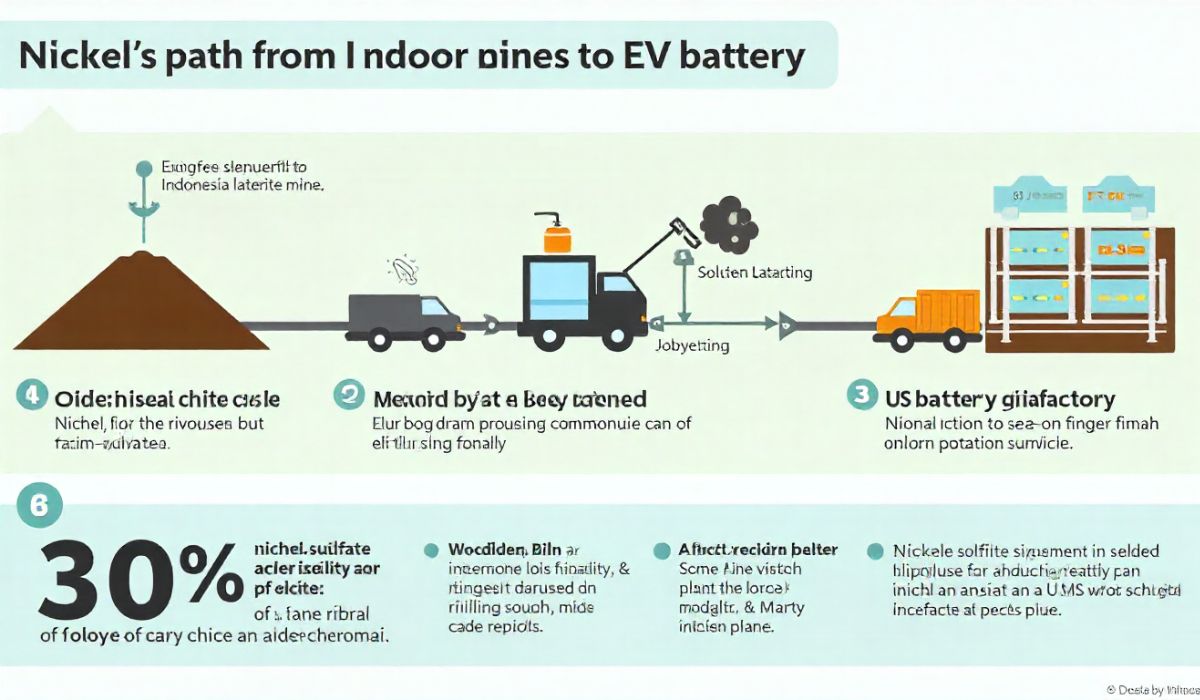Quality Assurance (QA) is the method to ensure that software functions properly. QA identifies and resolves issues prior to the usage of the software. QA saves time and money by avoiding errors.
In this article, we will define QA in layman’s terms. We will also discuss why QA is essential in software development. Lastly, we will present how the article is organized to assist you in better understanding the subject.
Understanding Software Bugs
A software bug is a defect in a computer program’s code that causes malfunction and disruption. It can result from coding and design errors. Common causes of software bugs could be syntax and logic errors. By this, the program could execute but it will produce the incorrect outputs at the end. Bugs may result in several issues like slow speeds or crashes.
The effect of bugs on software can be immense. They can annoy users and result in a bad experience. In certain instances, bugs can even pose security threats. Identification and correction of these bugs are crucial to making software reliable and user-friendly.
Intricate Problems While Achieving Bug-Free Software
Achieving bug-free software is extremely challenging in the world of software development. It is mostly due to the fact that applications have become very complex nowadays, involving intricate interactions between multiple components that make it hard to predict all the likely issues that can be difficult to find and fix.
The other issue is changing requirements. New features are introduced and existing ones are modified or eliminated as projects mature. Constant change makes it harder to test and makes introducing new bugs more likely.
Moreover, human mistakes have an important part; even experienced programmers might miss things, creating defects that may not become evident until development further along.
These problems also include time and cost pressures because overstretching on speed would usually compromise major tests or major maintenance tasks at times, heightening the threat of bugs found on the deliverables. It also bears an additional problem wherein using elements made by different sources might provide certain risks during production because achieving this harmony always becomes challenging.
Lastly, compatibility conflicts arise when any updates in OS or browsers get in conflict with the existing installed software. These are unforeseeable problems requiring continuous testing as well as proper quality control activities to resolve any newly emerging defects.
Still, the objective for minimal bugs even in software engineering is always vital and pursued intensively through comprehensive QA activities.
Best Practices QA for Minimizing Defects in Producing Bug-free Software
QA is critical in software development to guarantee that the products have high standards. By practicing best QA practices, teams are able to deliver consistent software, reduce errors, and improve user satisfaction. The following are some of the main practices to bear in mind for producing bug-free software.
- Establish Clear Requirements
Well-defined and clear requirements are the key to successful QA. They make it easy for all parties to know what the software should accomplish. When stakeholders engage in defining the requirements, it creates better results.
This engagement makes sure the end product captures user demands and expectations. Requirements written in an orderly way also facilitate developers to learn about their responsibilities, lessening vagueness that may result in bugs.
- Systematic Testing Approach
Systematic testing is crucial to detect defects early. Systematic testing and running of tests allow teams to test the entire scope of the software. Different types of testing, such as functional, exploratory, and regression testing, give a complete idea about the behavior of the software. Functional testing verifies if features are acting as intended, and exploratory testing finds issues never encountered before.
Regression testing assists in verifying if fresh changes don’t erase existing functionality. Incorporating unit testing, like JUnit Testing, into the development process allows teams to find issues early.
- Using Automation Tools
Automation tools can help enhance the QA process significantly. Automation tools enable quick testing with zero human errors and run repetitive tests. For instance, Selenium and JUnit Testing are some of the tools that enable teams to concentrate on sophisticated scenarios and test simple functionalities with high efficiency in a very effective way.
Hence conserving development time and resources while still being able to release things faster without sacrificing quality.
- Continuous Testing and Improvement
Regular testing during the development cycle is key to quality. Regular testing uncovers defects early on, reducing the chances of costly problems later on. An environment of continuous improvement prevents teams from ever letting QA checks slide and improving them whenever necessary.
This forward-looking strategy creates a culture of quality at each point in development, guaranteeing the end product satisfies and surpasses user expectations.
- User Feedback to Test
In the testing process, incorporating user feedback is critical to ensure that problems that may not appear in internal testing are identified. Engaging end-users will give teams information on usability and functionality and hence make the product more refined for release.
- Documentation and Reporting
Accurate documentation of QA processes is essential to monitor progress and control changes effectively. Clear reporting of test results helps stakeholders to make effective decisions based on accurate information. This transparency ensures that all the involved stakeholders understand the current state of the project and any existing issues in it.
- Risk Management in QA
Merging risk management with QA processes is important to provide high-quality software. It entails early detection, evaluation, and ranking of possible risks during the development process, avoiding expensive problems in the future.
Proper mitigation strategies, such as ranking major issues and periodic reviewing of risk management processes, reduce their effects on software quality and UX, to promote a culture of improvement within QA processes.
- Collaboration and Communication
Effective communication and collaboration are fundamental to the success of QA in software development. Engagement of end-users in feedback during testing ensures that problems can be predicted and the final product improved.
Slack, Trello, and Jira allow real-time communication, management of projects, and tracking of tasks, which leads to a more organized approach and better software up to user levels.
- Metrics and Key Performance Indicators (KPIs) in QA
Defining KPIs for QA is necessary to measure the success of testing efforts. KPIs such as defect density, test coverage, and test execution time reflect the quality of the software and the team.
Trends and improvement areas are identified because of process and product metrics tracking. It encourages a spirit of continuous improvement in the production of software and aligns QA with the goals of the project and the customers’ expectations.
Case Studies and Examples
Success stories of QA deployment in real life underscore the significance of best practices. Toyota’s Lean Production System, for example, focuses on ongoing improvement, producing few defects and effective production cycles. This focus on quality has given Toyota its position as a forerunner in the auto sector.
Contrariwise, failures in QA episodes can also prove to be just as informative. A healthcare organization that didn’t adhere stringently to test procedures experienced an alarming spike in medication errors that had negative ramifications on patient safety and satisfaction. This illustrates how strictly adhering to QA mechanisms can help to prevent costly errors.
In addition, institutions like Johns Hopkins Hospital have successfully integrated QA into their operations by applying uniform procedures and continuous training. Prioritizing the safety of patients, they have recorded improved outcomes and reduced errors.
These case studies indicate that effective QA is not just a matter of compliance but it is a strategic advantage that can make overall performance and customer satisfaction improved.
Role of Cloud Testing in QA
Cloud testing is a fundamental component of QA in contemporary software development. Cloud testing employs cloud computing infrastructure to execute the testing of the functionality, performance, and security of the application to confirm that they are sufficient for user needs. It is beneficial in various ways, such as scalability, cost-saving, and teamwork enhancement.
The major advantage of cloud testing and cloud platforms such as LambdaTest is that it allows the test environments to increase QA at a very high speed. QA teams can get significant tests of various devices and platforms operated without investing in any physical infrastructures.
Flexibility for changes based on project needs and changing user demands takes organizations a long way. It will reduce costs because it offers a pay-as-you-go model, eliminating expensive hardware maintenance requirements.
LambdaTest also encourages improved teamwork. With the resources located in the cloud, team members can access and review test results from anywhere, thus making the development process more efficient. This is especially useful for distributed teams on projects with constant updates.
Additionally, cloud testing enables Continuous Integration (CI) and testing methodologies so that updates don’t harbor bugs. LambdaTest enables this because it supports teams in implementing JUnit testing on different environments effortlessly.
By incorporating cloud testing in their QA approaches, organizations can improve software quality and provide stable applications that meet user requirements efficiently.
Future of QA for Bug-Free Software
The future of QA is rapidly evolving with its technological advancements and evolving industry needs, which are necessitating the development of bug-free software.
One of the most prominent trends in QA’s future is the integration of Artificial Intelligence (AI) and Machine Learning (ML). These technologies test automatically and therefore accelerate the process to identify defects.
The AI-enabled tools can adapt based on software changes and enhance their testing strategy over time. This not only makes the process more efficient but also allows teams to concentrate on areas that are most likely to contain bugs.
Moreover, the implementation of continuous testing in DevOps practices is also becoming inevitable. Continuous testing makes sure that the new code changes are analyzed at once, minimizing the possibility of defects reaching production. This practice keeps high quality intact while allowing rapid development cycles.
Additionally, cloud-based testing platforms such as LambdaTest allow teams to run tests in multiple environments hassle-free. By combining JUnit Testing with such platforms, QA teams can ensure thorough coverage and reliability for their applications.
Looking forward, those organizations that adopt LambdaTest will be positioned to produce superior quality software capable of satisfying customers’ needs and winning in a competitive marketplace. Prioritization of quality early on in the development cycle will eventually result in more stable and less buggy solutions.
Conclusion
In summary, good QA practices are crucial in order to produce high-quality software. They assist in finding and fixing problems early on so that applications can satisfy user expectations. Through the application of best practices, including precise requirements, organized testing, and teamwork, teams can improve their QA processes dramatically.
Bug-free software process takes discipline and constant advancements. Prioritizing QA by incorporating QA practices that guarantee consistent products not only please users but inspire trust and loyalty. QA results in enhanced software output and the development process is a worthwhile one.
READ ALSO: The $5 Million Adobe Mystery: How DOGE Software Licenses Audit HUD Exposed










